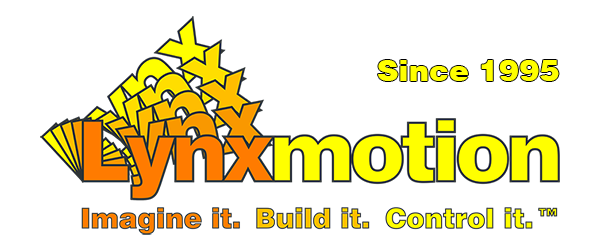Changes for page LSS-PRO Configuration Software
Last modified by Eric Nantel on 2024/10/04 08:08
Change comment: There is no comment for this version
Summary
-
Page properties (2 modified, 0 added, 0 removed)
Details
- Page properties
-
- Author
-
... ... @@ -1,1 +1,1 @@ 1 -xwiki:XWiki. ENantel1 +xwiki:XWiki.CBenson - Content
-
... ... @@ -1,6 +1,6 @@ 1 1 [[image:LSS-P-Configuration-Software.png||width="350"]] 2 2 3 -[[[[image:[email protected]]]>>attach:LSS_PRO_Config_Setup _v1.14.0.zip]]3 +[[[[image:[email protected]]]>>attach:LSS_PRO_Config_Setup.zip]] 4 4 5 5 **Table of Contents** 6 6 ... ... @@ -52,31 +52,29 @@ 52 52 [[image:LSS-P-Config-Buttons.png]] 53 53 54 54 1. This button sends a RESET command. More information [[HERE>>doc:ses-pro.lss-pro.lss-p-communication-protocol.WebHome||anchor="HReset"]] 55 -1. This reset 56 -1. This command halts the actuator at whatever angle it is (whether during a motion or already at an angle) and causes it to hold that position (motor is powered and holding). The following command is sent to all servos, not just the one connected via USB.55 +1. This resets the servo to factory default settings, removing all configurations, including the ID. More information [[HERE>>doc:ses-pro.lss-pro.lss-p-communication-protocol.WebHome||anchor="HDefault26confirm"]] 56 +1. This command stops the actuator at whatever angle it is (whether during a motion or already at an angle) and causes it to hold that position (motor is powered and holding). The following command is sent to all servos, not just the one connected via USB. 57 57 \\Command sent: #254H<cr> 58 58 59 59 1. ((( 60 -This command halts the actuator at whatever angle it is (whether during a motion or already at an angle) and causes it to hold that position (motor is powered and holding). The following command is sent to all servos, not just the one connected via USB.60 +This command stops the actuator at whatever angle it is (whether during a motion or already at an angle) and causes it to hold that position (motor is powered and holding). The following command is sent to all servos, not just the one connected via USB. 61 61 62 62 Command sent: #254L<cr> 63 63 64 - which isprovided with each PRO arm, the E-Stop is meant to be underemergency only, as64 +Just like the emergency stop button on the 36V large power supply (provided with each PRO arm), the E-Stop is meant to be used in emergency only since power is cut to all motors, which may result in joints rotating because of high counter-torque or forces being applied. In the case of a robotic arm, __the arm may fall and damage itself__ or whatever is in its environment. 65 65 ))) 66 66 67 67 == Status == 68 68 69 -As a servo is intended to be moved to specific angles, the position of the servo, to 0.01degreesofaccuracy,is displayedat thebottom leftoftheface.69 +As a servo is intended to be moved to specific angles, the position of the servo, this section provides relevant angular and motion information to the user on what's happening with their actuator. 70 70 71 71 [[image:LSS-P-Config-Status.png]] 72 72 73 -This is a section to directly give information to the user on what's happening with their actuator. 74 - 75 -1. The Position shows the current angle of the output shaft of the servo in relation to its configured origin (0 degree) angle (including any adjustment to the Origin Offset). It also displays angles over 360 degrees, and it’s important to note this is a calculated position as the internal sensor can only read 0 to 360 degrees. The multi-turn angle is retained even after a power cycle. 73 +1. The position section shows the current angle of the output shaft of the servo in relation to its configured angular origin (0 degrees, including any adjustments using the Origin Offset command). It also displays angles to 0.01 degrees of accuracy, as well as below 0 degrees and over 360 degrees. It’s important to note any angle beyond 0 to 360 is a calculated, or "virtual" position as the internal sensor can only read 0 to 360 degrees. The multi-turn angle is retained even after a power cycle. 76 76 1. Status of what the actuator is currently doing. More information HERE 77 -1. Error s thatarehappening. More information HERE75 +1. Error encountered. More information HERE 78 78 79 -Note: Most errors will require the problem to be solved &the servo either Reset or set Limp. To view and resolve any errors, go to the troubleshooting section77 +Note: Most errors will require that the cause of the problem to be solved before proceeding. The servo should either be Reset or set Limp. To view and resolve any errors, go to the troubleshooting section 80 80 81 81 == Servo Control == 82 82

